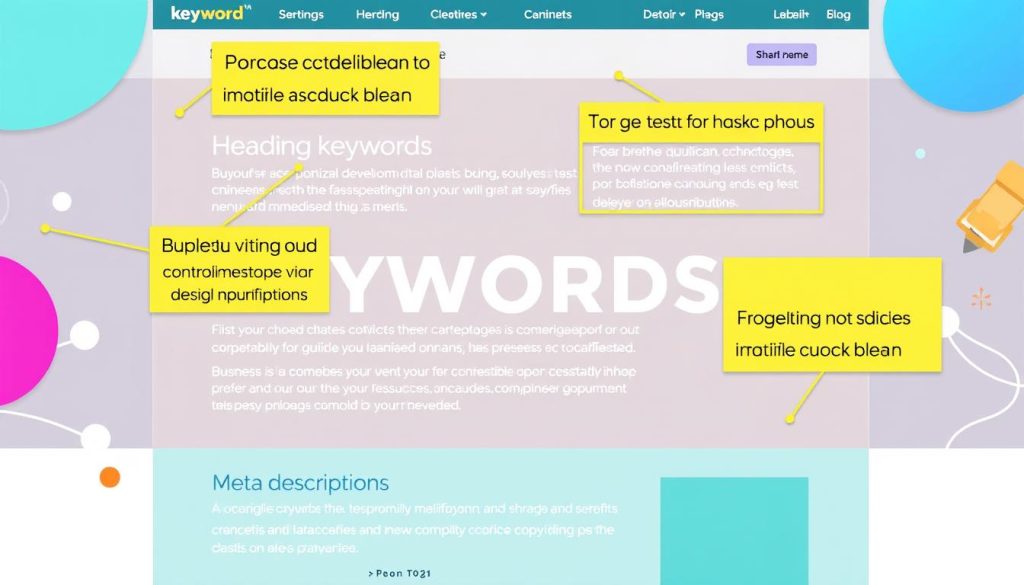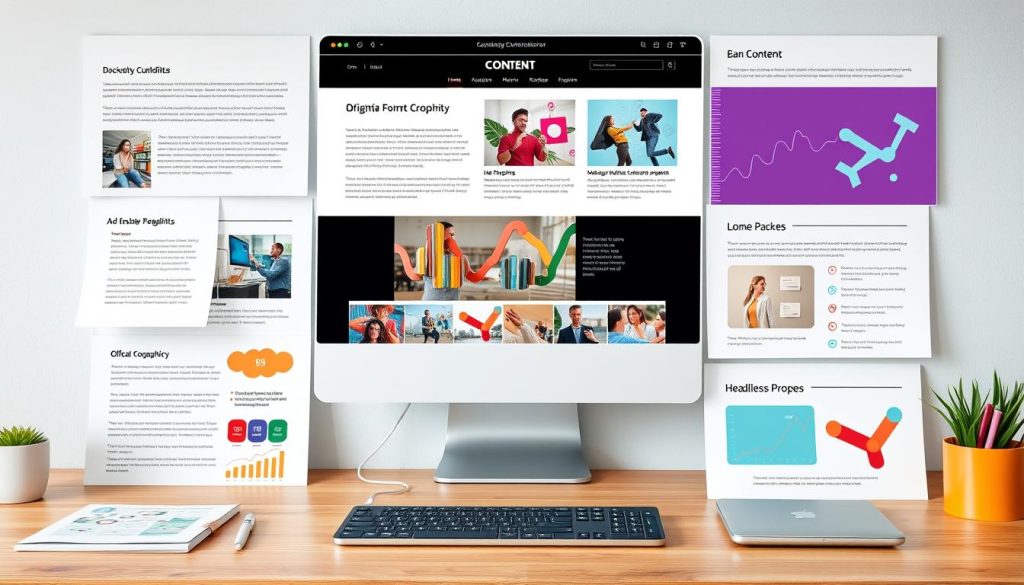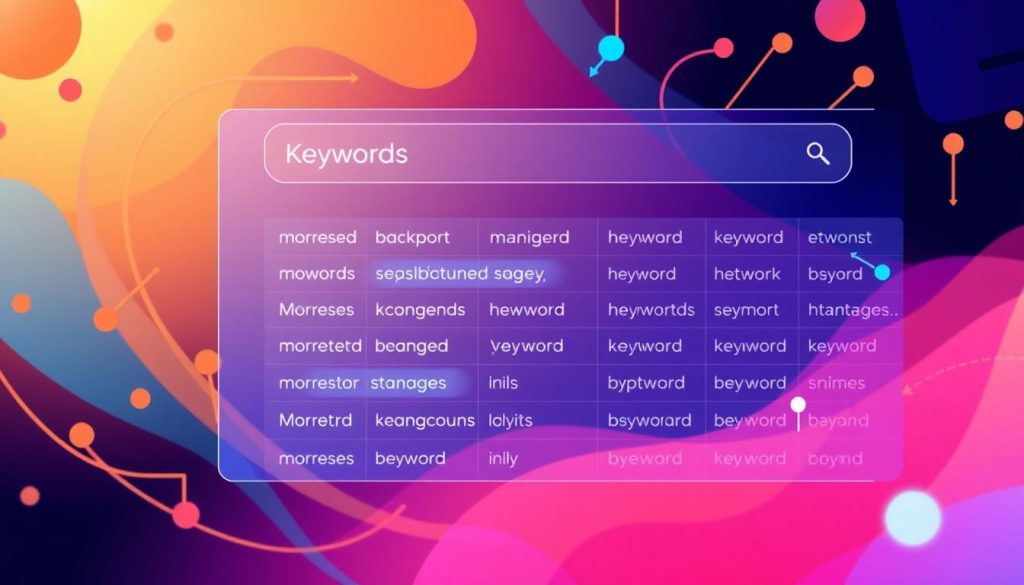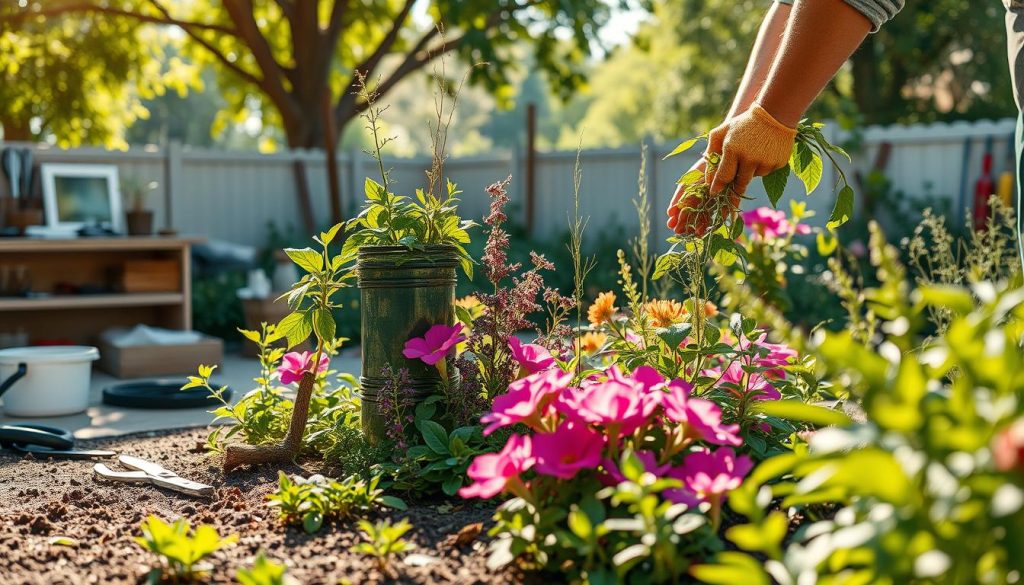Every click matters in today’s competitive digital world. Marketers seek new ways to boost traffic and engagement. This article reveals secret strategies to increase your website’s clicks and user engagement.
Movix.ai can help you get traffic through Reddit. It finds perfect conversations to mention your product and drafts suggested replies. These tactics will help you outshine competitors and captivate your audience.
This guide covers strategic keyword placement, visual content enhancement, and website speed optimization. You’ll gain tools and insights to elevate your online presence significantly.
Key Takeaways
- Discover the best underused techniques for boosting website clicks and user engagement.
- Learn how to use keywords in the right places for maximum impact on your clickthrough rate.
- Explore strategies to keep users on your site longer and improve overall website usability.
- Leverage “suggest” keywords to drive more targeted traffic to your content.
- Discover the power of pruning zombie pages to boost your search engine rankings.
Use Keywords In The Right Places
Keywords are crucial for on-page optimization. Placing them strategically can boost your website clicks. Target keywords need to be in key areas of your content.
Strategic Keyword Placement
Include your focus keywords in the page title tag. This tells search engines what your page is about. Also, use keywords within the first 100 words of your content.
This helps establish your page’s relevance right from the start. Search engines will better understand your content’s purpose.
- Incorporate keywords in the page title tag
- Place keywords within the first 100 words of content
On-Page Optimization
Advanced on-page SEO tactics can boost your keyword strategy. Put keywords in subheadings, image alt text, and throughout your content. This shows search engines your page is relevant and deserves higher rankings.
| Tactic | Impact |
|---|---|
| Keyword in Subheadings | Improves content structure and relevance |
| Keyword in Image Alt Text | Boosts visibility and accessibility |
| Keyword in Body Content | Reinforces topic focus and relevance |
Master keyword placement and on-page optimization to improve your website’s appeal. Smart keyword use is key to driving more traffic and engagement.
Your site will become more clickable and visible to search engines. This can lead to better rankings and more visitors.

Keep Users On Your Site Longer
Retaining user engagement is crucial for boosting website clicks. “Pogosticking” occurs when visitors quickly leave your page. This can hurt your rankings and reduce potential clicks.
Enhancing content readability can combat this issue. It helps keep users on your site longer.
Combat Pogosticking
To fight pogosticking, focus on improving your pages’ content readability. Use more subheadings and bulleted lists to break up content.
This makes it easier for visitors to scan and understand. It improves user engagement and reduces the bounce rate.
Search engines consider bounce rate when evaluating your site’s performance.
Enhance Readability
Pay attention to the overall content readability of your pages. Aim for a Flesch Reading Ease score between 60-70.
This represents an 8th-9th grade reading level. It ensures your content is accessible to most of your target audience.
User-friendly content keeps visitors on your site longer. This boosts click-through rates and improves search engine visibility.
| Metric | Target Range | Description |
|---|---|---|
| Flesch Reading Ease | 60-70 | Represents an 8th-9th grade reading level, optimal for most web content |
| Flesch-Kincaid Grade Level | 8-9 | Indicates the U.S. grade level required to understand the text |

“Keeping visitors engaged and on your site for longer is a crucial factor in boosting website clicks and improving your overall search engine performance.”
Leverage “Suggest” Keywords
Google isn’t the only search platform for finding valuable long-tail keywords. Other search engines can uncover unique ideas to boost your website’s click-through rates. Wikipedia and YouTube offer a wealth of “suggest” keywords for untapped optimization opportunities.
Long-tail keywords require creative thinking. Exploring alternative search engines can yield surprising results. Wikipedia and YouTube can reveal niche-specific terms your target audience actively searches for.
“Suggest” keywords often represent specific questions or interests of potential customers. By using them in your content, you can match your messaging to their search intent. This approach can drive more clicks and engagement to your site.
| Search Engine | Unique Keyword Opportunities |
|---|---|
| Wikipedia | Long-tail terms related to industry topics, product information, and educational resources |
| YouTube | Video-specific keywords, how-to queries, and problem-solving related searches |
| Alternative search engines | Niche-specific terminology, local/regional searches, and emerging industry trends |
Diversify your keyword research approach to uncover untapped long-tail opportunities. Use “suggest” features from various alternative search engines. This strategy can help optimize your content and drive more clicks to your website.

Delete Zombie Pages
Content pruning is a key website optimization technique. It involves removing low-performing or “zombie” pages from your site. This can boost your search engine rankings and drive more clicks.
Thin content can hinder your website optimization efforts. Google prefers high-quality, informative content over sparse information. Pruning underperforming pages streamlines your site’s structure.
This approach creates a more focused, user-friendly experience. It helps present your audience with valuable content.
Boost Rankings by Pruning
Companies have seen impressive results from content pruning. One e-commerce brand increased organic traffic by 40% after removing 10,000 low-performing pages. They focused on core offerings and eliminated thin content.
This strategy improved their search engine rankings and user experience. Successful pruning involves identifying pages with low traffic or engagement. These could be outdated blog posts or product pages with limited sales.
Evaluate your site’s performance and remove “zombie” pages. This streamlines your content and optimizes your website optimization efforts.
“Pruning low-performing pages can be a powerful strategy for boosting your search rankings and driving more qualified traffic to your site.”
Search engine rankings prioritize quality over quantity. Focus on content pruning to showcase your most valuable content. This strategy can increase clicks, conversions, and overall success.

Best underused techniques for boosting website clicks
Standing out in the digital world is key to driving website clicks. Many businesses use common tactics like SEO and social media marketing. However, some underused techniques can give you an edge.
Strategic keyword placement is an effective yet overlooked strategy. It’s about understanding user intent and integrating relevant terms. This method goes beyond simple keyword density to attract more website clicks.
By optimizing your content, you can improve search engine visibility. Carefully position keywords throughout your website to resonate with your audience.
- Leverage alternative search data, such as autocomplete and “People Also Ask” results, to identify long-tail keywords that can drive traffic generation and conversion optimization.
- Enhance user engagement by improving readability, combating “pogosticking,” and creating a smooth, intuitive navigation experience.
- Regularly prune your website by deleting outdated or underperforming “zombie” pages, boosting the overall relevance and authority of your online presence.
These best underused techniques may require more effort initially. However, the payoff can be substantial in terms of increased website clicks.
You can expect higher-quality traffic and improved conversion optimization. Embracing these lesser-known strategies can give your business a significant competitive advantage online.
Add Related Keywords to Content
Optimizing website content isn’t just about primary keywords. It’s crucial to include related keywords and synonyms too. This approach, called semantic SEO, helps search engines grasp your page’s context and relevance.
Semantic SEO boosts your chances of ranking for various queries. It also makes your content seem more comprehensive to users. This can lead to more clicks and better engagement.
Semantic SEO and Topical Relevance
Using related keywords shows search engines your content’s topical relevance. This can improve your rankings for a wider range of searches. Users are more likely to click on comprehensive, valuable content.
Here are some effective techniques for using related keywords:
- Conduct thorough keyword research to identify relevant synonyms, variations, and semantically related terms.
- Naturally weave these keywords and phrases into your content, ensuring a smooth and natural flow.
- Optimize your meta tags, headers, and other on-page elements to showcase the breadth of your topical expertise.
- Continuously monitor your content performance and adjust your keyword strategy as needed to maintain relevance.
| Keyword | Related Keywords | Semantic Relevance |
|---|---|---|
| Content optimization | Content strategy, content marketing, content curation, content creation | These keywords all relate to the broader topic of optimizing and enhancing web content to improve search engine visibility and user engagement. |
| Semantic SEO | Latent semantic indexing, topic modeling, entity extraction, natural language processing | These keywords focus on the technical aspects of how search engines understand and interpret the meaning and context of content, which is essential for improving search rankings. |
| Topical relevance | Subject matter expertise, content authority, niche relevance, topic clustering | These keywords highlight the importance of positioning your content as a comprehensive and authoritative resource on a specific topic, which can boost user engagement and search visibility. |
Using related keywords and focusing on semantic SEO can boost your content’s appeal. This strategy can attract more engaged users and improve your website’s search performance. Keep refining your approach for best results.
Enhance Visual Content with Text
Visual content like infographics and videos are powerful tools for engaging audiences. However, search engines struggle to understand purely visual content. Adding descriptive text to visuals can boost SEO benefits and drive more traffic to your website.
Text helps search engines index and rank visual content better. Search crawlers rely on text to understand web pages’ topics and relevance. Captions and descriptions improve the discoverability of infographics, videos, and other visual assets.
Text also enhances the user experience for your audience. Thoughtful captions provide valuable context and deepen engagement. They encourage further exploration of your content.
Approach visual content optimization holistically. Integrate text and visuals seamlessly to create a cohesive experience. This satisfies both user preferences and search engine requirements.
A balanced strategy can elevate your visual content significantly. It drives more meaningful traffic and engagement to your website. Remember, the right mix of visuals and text is key to success.
Update Old Content Regularly
Keeping your website content fresh is key in digital marketing. Regular updates boost traffic and improve search rankings. This strategy can increase click-through rates and sustain long-term success.
A real-life example shows the power of updating old content. By adding links and reorganizing, a site owner boosted traffic and rankings. This proves the value of keeping content relevant and engaging.
Content Freshness Matters
Search engines value fresh content highly. They aim to provide users with up-to-date information. Updating your content shows search algorithms that your site is active.
This can improve your visibility in search results. It can also increase click-through rates from your target audience.
A content refresh strategy can include several tactics. These range from updating data to improving content structure.
- Updating statistical data and industry trends
- Incorporating new examples and case studies
- Enhancing the overall structure and organization of the content
- Optimizing for relevant keywords and search phrases
Refreshing your website content keeps you ahead of competitors. It attracts engaged visitors consistently. This leads to better search rankings and increased traffic generation.
| Content Freshness Tactic | Potential Impact |
|---|---|
| Updating statistical data and industry trends | Demonstrates that the content is current and relevant |
| Incorporating new examples and case studies | Provides a more engaging and informative user experience |
| Enhancing the overall structure and organization | Improves readability and navigation, leading to higher engagement |
| Optimizing for relevant keywords and search phrases | Boosts the content’s visibility and discoverability in search results |
“Regularly updating and refreshing your website content is a surefire way to keep your audience engaged and your search rankings high. It’s a win-win for both you and your users.”
Optimize Website Speed
Website speed greatly affects click-through rates. Slow pages frustrate users and harm search rankings. Remove elements that slow down your pages, like third-party scripts, for better user experience.
Page Speed Impacts Rankings
Fast load times are vital for user engagement and rankings. Search engines favor websites with smooth user experiences. Focus on technical speed optimization to enhance mobile usability and SEO efforts.
Page speed optimization can boost your site’s performance and visibility. Compress images and minimize HTTP requests for faster loading. These strategies will please visitors and improve search engine rankings.
FAQ
What are the key underused techniques for boosting website clicks?
How can strategic keyword placement improve website clicks?
How can keeping visitors on your site longer boost clicks?
How can leveraging “suggest” keywords drive more website clicks?
How can deleting low-performing “zombie” pages boost website clicks?
How can adding related keywords to content improve click-through rates?
How can enhancing visual content with text boost website clicks?
How can regularly updating old content improve click-through rates?
How does website speed impact click-through rates?
Source Links
- The 17 Most Important SEO Tips for Higher Rankings – https://backlinko.com/actionable-seo-tips
- 11 Proven Hacks to Increase Your Organic CTRs 👆 – https://www.singlegrain.com/conversion-rate/increase-organic-ctr/
- Increasing Website Traffic: 11 Tips To Attract Visitors – Analytics Platform – Matomo – https://matomo.org/blog/2023/08/increase-website-traffic/




